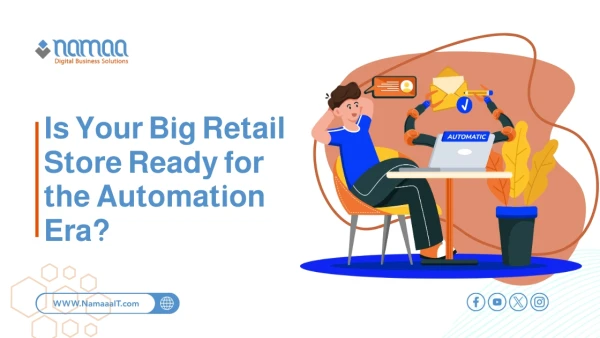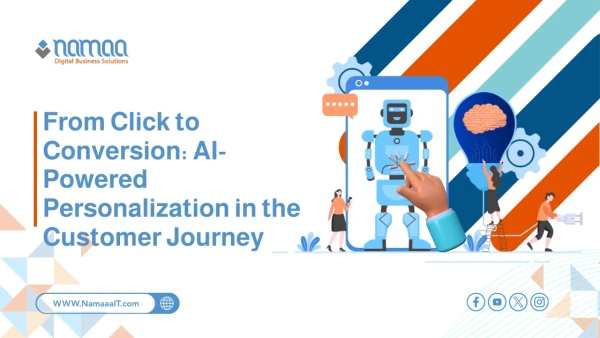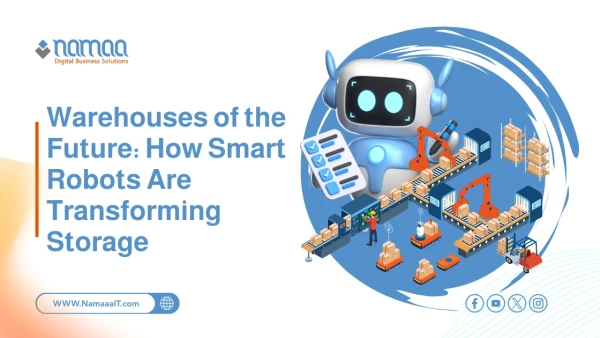In a rapidly evolving retail sector, adopting smart technology has become a crucial step to stand out and stay ahead of the competition. With growing reliance on automation and precise data analytics, artificial intelligence in retail offers CEOs a strategic opportunity to boost efficiency and increase profits. However, this tool can become a burden if not managed with awareness and a clear plan. That’s why it’s essential for CEOs to have a comprehensive vision and in-depth knowledge to ensure a successful and tangible return on AI applications.
The Importance of Artificial Intelligence in the Retail Sector
AI has become a core component of success for modern retail companies. It helps to:
Instantly and accurately analyze customer data.
Predict demand and manage inventory more efficiently.
Reduce operating costs and increase profits.
Provide actionable insights to make faster, more accurate decisions.
Companies that invest wisely in this technology build a strong foundation to stay competitive and lead the market.
How AI Is Transforming the In-Store Customer Experience
AI is revolutionizing the way customers interact with stores, enabling companies to personalize offers and enhance services. The table below highlights key AI applications:
| Application | Benefit |
|---|---|
| Smart Recommendations | Boost sales by offering products that match customer preferences |
| Chatbots | Provide fast and effective 24/7 customer service |
| Predictive Analytics | Anticipate customer needs and prepare personalized offers in advance |
| Smart Payment Systems | Speed up purchases and reduce wait times |
The CEO’s Role in Leading Digital Transformation
Digital transformation starts at the top. CEOs play a pivotal role in:
Setting a clear strategic vision for digital change.
Allocating sufficient budgets for tech investments.
Cultivating a culture that encourages innovation and adoption of modern solutions.
Monitoring performance indicators to ensure AI achieves its intended goals.
Without decisive and ongoing leadership, investing in AI may fall short of expectations.
Initial Steps Before Adopting AI in Retail
Before launching any AI-based initiative, companies need to prepare properly. These steps include:
| Step | Details |
|---|---|
| Assess Current Status | Review the technical infrastructure and readiness |
| Define Objectives | Set measurable goals to ensure a clear return on investment |
| Choose the Right Tech | Decide between off-the-shelf and custom-built solutions |
| Train the Team | Prepare staff to work with new tools and data |
| Create a Monitoring Plan | Continuously track performance and adjust strategies accordingly |
Common Mistakes CEOs Make When Investing in AI
Even with solid plans, some CEOs make mistakes that affect outcomes, such as:
Rushing into complex solutions without sufficient study.
Neglecting to train or motivate teams to use new systems.
Failing to align the AI project with core business goals.
Relying on incomplete or inaccurate data.
Avoiding these pitfalls requires a well-thought-out, continuously updated plan based on performance outcomes.
Learn More: AI and the Shopping Experience
How AI Increases Sales and Profits
Retail success today depends heavily on interpreting customer data and turning it into sales opportunities. AI plays a key role by analyzing large volumes of data quickly to provide personalized offers based on customer behavior and preferences, boosting purchase likelihood and customer loyalty. It also enables dynamic pricing by tracking supply and demand changes. Here’s how AI enhances profitability:
Smart Recommendations: Suggest relevant products during shopping.
Personalized Offers: Tailor discounts based on individual buying habits.
Improved Inventory Management: Reduce overstock and minimize waste.
Targeted Marketing Campaigns: Reach potential customers using accurate data.
Process Automation: Minimize human error and free up staff for strategic tasks.
Companies that use these techniques effectively report higher average basket values and improved conversion rates, ultimately leading to increased revenue and profit.
How to Choose the Right Tech for Your Store
Choosing the right AI solution can make or break the success of your project. Not all solutions fit all stores—small shops have vastly different needs than large retail chains. The table below can help guide your decision:
| Criteria | Considerations |
|---|---|
| Store Size | Larger stores need scalable and customized solutions |
| Product Type | Some tools are optimized for apparel, groceries, or electronics |
| Project Budget | Solutions should fit the budget without burdening the business financially |
| Integration Ease | Ensure compatibility with current payment and inventory systems |
| Vendor Support | Opt for vendors offering training and ongoing tech support |
| Security & Privacy | Make sure customer data is strictly protected |
Using these benchmarks helps you make data-driven decisions, reducing risk and maximizing ROI.
How to Train Your Team to Use AI Tools
Adopting AI isn’t just about purchasing advanced software—it requires a capable, well-prepared team. Training ensures full utilization of AI tools and minimizes errors. Here’s how to ensure effective training:
Identify Training Needs: Evaluate the team’s current knowledge and identify skill gaps.
Design Practical Training: Use real store data and practical examples.
Select Expert Trainers: Bring in specialists either internally or from outside agencies.
Implement Training in Phases: Start with basic tools, then progress to complex tasks.
Encourage Continuous Learning: Keep teams updated on evolving trends.
Evaluate Training Outcomes: Use tests or projects to assess training effectiveness.
Following these steps equips your team to manage AI systems effectively and get the best return on your investment.
How CEOs Can Measure ROI from AI Projects
Measuring ROI from AI can be challenging, especially when results aren't immediate. The key is to set clear performance indicators aligned with strategic goals before starting the project. Here are some useful KPIs:
| KPI | Purpose |
|---|---|
| Revenue Growth | Track sales increases post-AI implementation |
| Cost Reduction | Compare operational costs before and after AI adoption |
| Task Efficiency | Measure time saved via automation |
| Customer Satisfaction | Monitor reviews and feedback post-AI rollout |
| Conversion Rates | Compare visitor-to-customer conversions pre- and post-AI |
| ROI Ratio | Measure financial gains relative to the total investment |
With these KPIs, CEOs can ensure AI investment brings long-term value and enhances competitiveness.
How AI Gives Small Retailers a Competitive Edge
AI isn’t just for big corporations—it's a golden opportunity for small retailers to close the gap with major players. With smart planning and reasonable budgets, small businesses can use AI to achieve impressive results at minimal cost. Here's how:
Offer Personalization: Recommend products just like large chains do to build loyalty.
Optimize Inventory: Use predictive tools to avoid overstock or shortages.
Automate Routine Tasks: Reduce administrative work and focus on growth.
Targeted Marketing: Reach ideal customers without large ad spend.
Better Customer Service: Use chatbots to provide quick support without hiring extra staff.
This way, AI becomes a powerful ally, helping small stores compete effectively and gain agility that even large entities sometimes lack.
Frequently Asked Questions
1) Can AI help expand into new markets?
Yes, AI can analyze target market data and identify high-demand products, reducing risk and enabling confident expansion.
2) What role does AI play in supply chain management?
AI helps forecast demand, optimize inventory levels, and select ideal suppliers—cutting delays and reducing logistics costs.
3) Is an in-house tech team essential for managing AI solutions?
Not necessarily. External service providers and cloud-based solutions can be effective, but having an internal team helps with faster adaptation and higher quality control.
4) How can AI help monitor competitors?
By analyzing competitor prices, promotions, and market activity in real time, enabling quicker strategic responses.
5) What’s the link between AI and business sustainability?
AI reduces waste and energy usage through smart operations management, supporting eco-friendly practices and improving brand image.
Summary:
✅ AI can boost retail sales by up to 20% through smart recommendations and real-time customer behavior analysis.
✅ 70% of companies using AI manage inventory with 30% more accuracy, cutting costs and waste.
✅ Effective team training can improve AI usage efficiency by 50%, ensuring sustainable success.
✅ CEOs measure ROI through clear KPIs like revenue growth and cost reduction—up to 40% gains when AI tools are used smartly.
✅ Small stores adopting flexible, customized AI solutions can grow 25% faster than competitors.

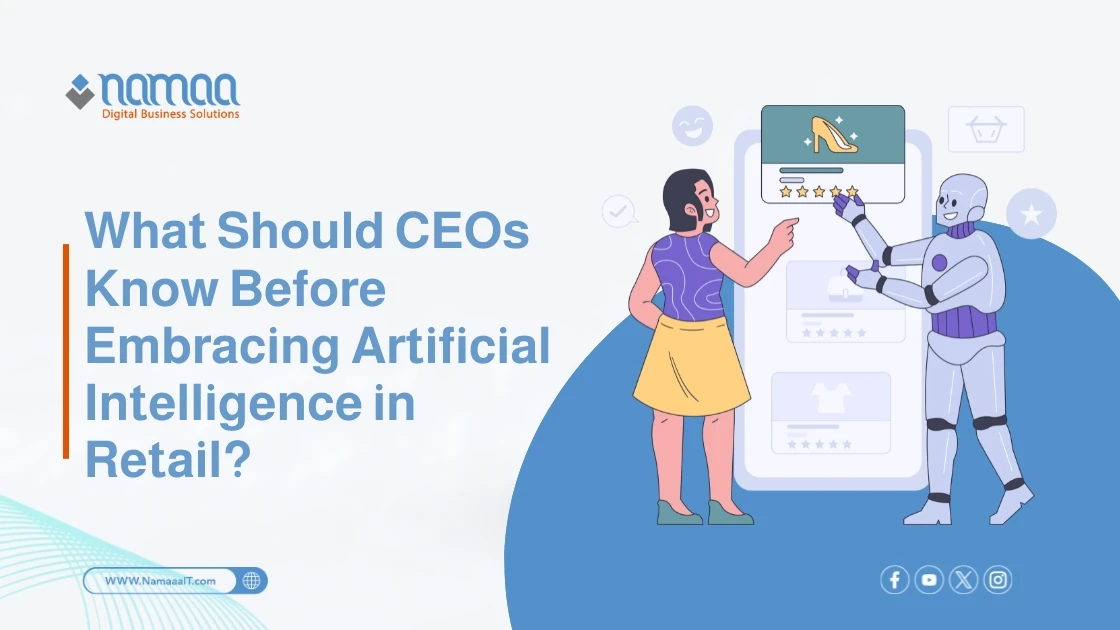


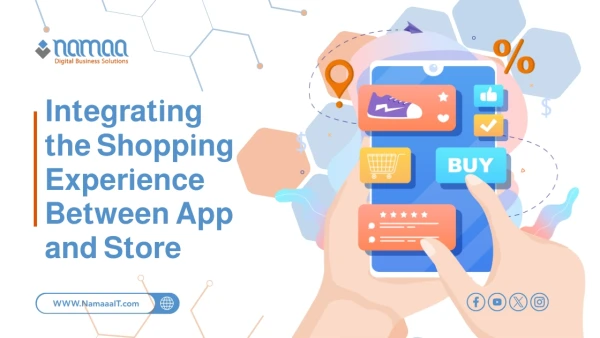
.webp)
